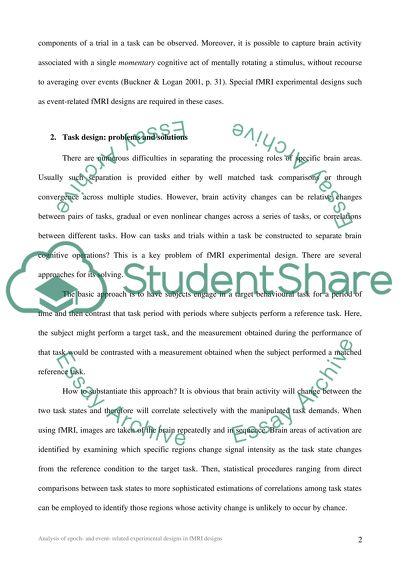Cite this document
(“Functional Magnetic Resonance Imaging Essay Example | Topics and Well Written Essays - 3000 words”, n.d.)
Functional Magnetic Resonance Imaging Essay Example | Topics and Well Written Essays - 3000 words. Retrieved from https://studentshare.org/science/1532268-functional-magnetic-resonance-imaging
Functional Magnetic Resonance Imaging Essay Example | Topics and Well Written Essays - 3000 words. Retrieved from https://studentshare.org/science/1532268-functional-magnetic-resonance-imaging
(Functional Magnetic Resonance Imaging Essay Example | Topics and Well Written Essays - 3000 Words)
Functional Magnetic Resonance Imaging Essay Example | Topics and Well Written Essays - 3000 Words. https://studentshare.org/science/1532268-functional-magnetic-resonance-imaging.
Functional Magnetic Resonance Imaging Essay Example | Topics and Well Written Essays - 3000 Words. https://studentshare.org/science/1532268-functional-magnetic-resonance-imaging.
“Functional Magnetic Resonance Imaging Essay Example | Topics and Well Written Essays - 3000 Words”, n.d. https://studentshare.org/science/1532268-functional-magnetic-resonance-imaging.


